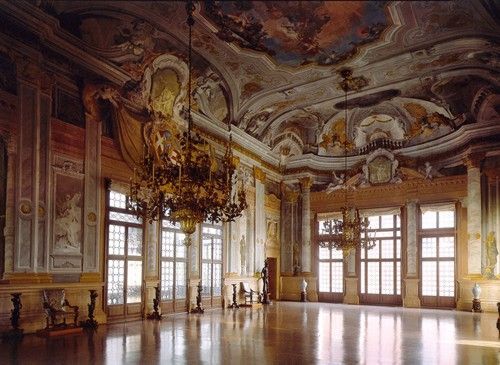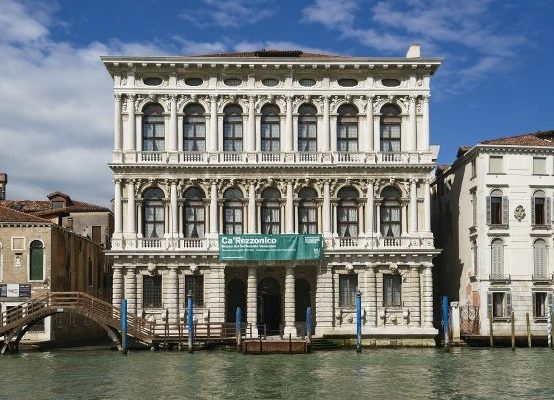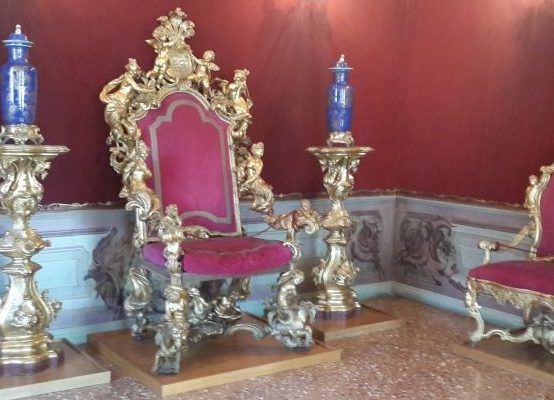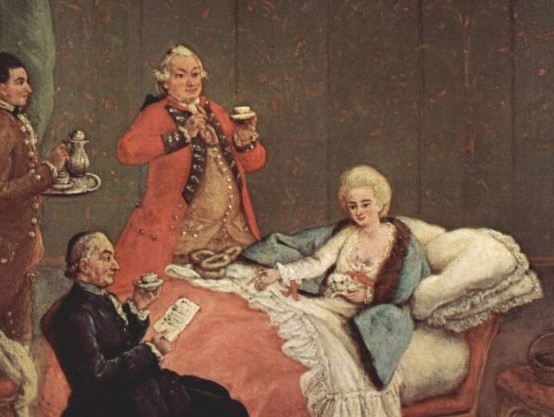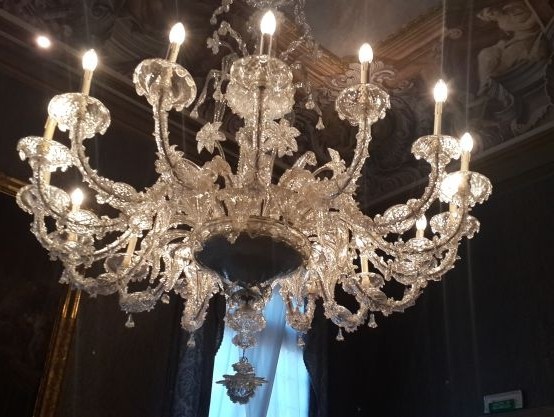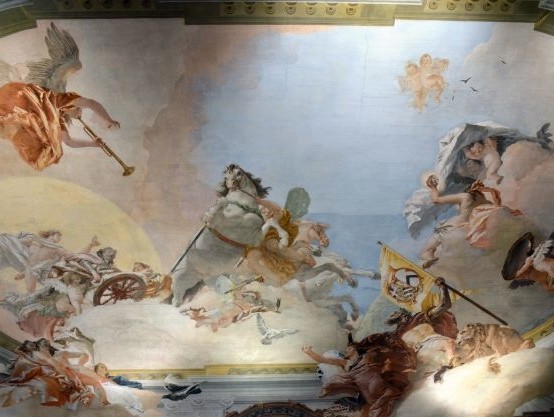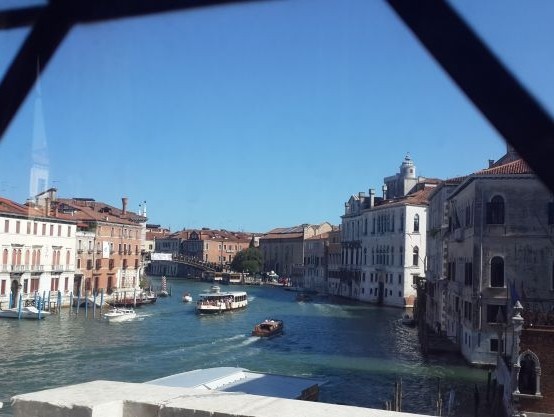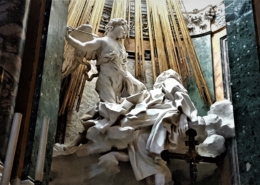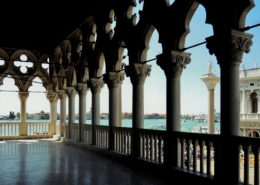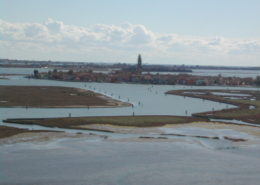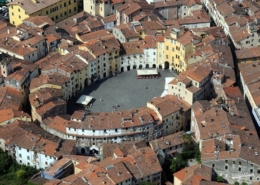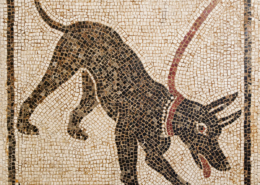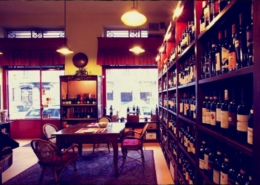Highlights of this tour
- The Dancing Room
- Giambattista & Giandomenico Tiepolo ceilings
- 18th century Murano glass chandeliers
- Two landscapes by Canaletto
- The frescoes from Villa Tiepolo at Zianigo
- Original Chemist’s Shop
- Original furniture & objects
AT HOME IN 18TH CENTURY VENICE. A VISIT TO CA’ REZZONICO
AT HOME IN 18TH CENTURY VENICE – Located on the right bank of the Grand Canal, right opposite to Palazzo Grassi, Palazzo Rezzonico is one of the greatest private dwellings in Venice.
Built between the 17th and the 18th century, designed by two famous architects, Longhena and Massari, its spectacular rooms epitomize the final glories of Venice’s great noble families.
The unique nature of the city, with its double street system, walkaways and canals, had a relevant impact on palace architecture: we can say that the traditional Venetian home is bipolar, with an entrance on the street, and with a more monumental doorway along the canal.
The members of the family moved around by gondola or other boats rather than on foot. The main façade of the house was the one facing the water rather than the one along the ‘calle’.
We enter ca’ Rezzonico from the monumental land entrance, along the picturesque and tranquil San Barnaba Canal.
We are in the district of Dorsoduro, not far from the Accademia Bridge and Ca’ Foscari University, in one of the most desirable neighborhoods – or sestieri – of Venice.
The ground floor boasts tall ceilings and monumental columns. As most ground floors in Venice, it may flood during the rainy season in November.
That’s one of the reasons why this part of the house was normally not inhabited, but rather used to store boats, laundry, wine and tools.
Cost of this tour
- This tour lasts three hours and costs 330 euros up to six people (not per person), only private parties.
- For larger parties send us an email!
- Museum fees per person: Ca’ Rezzonico 12 euros (full rate) – 9.50 euros (reduced rate)
Dress Code and advice
- No dress code required
- Better if you don’t bring backpacks or large hand bags
- Ca’ Rezzonico is closed on Tuesdays

